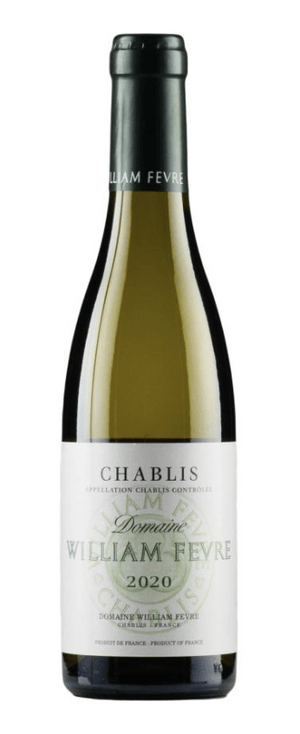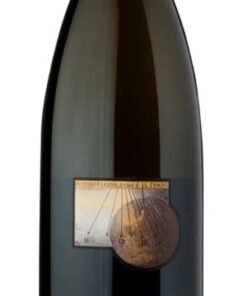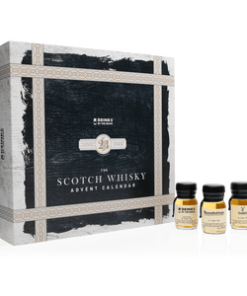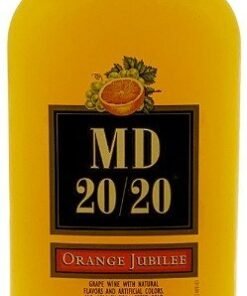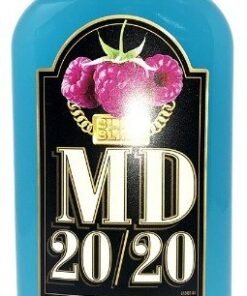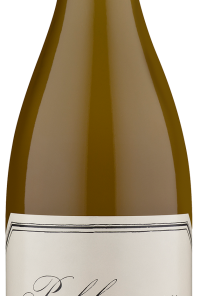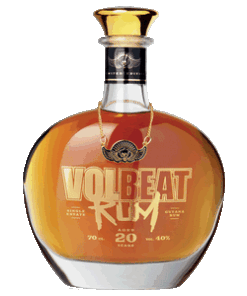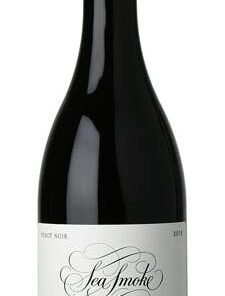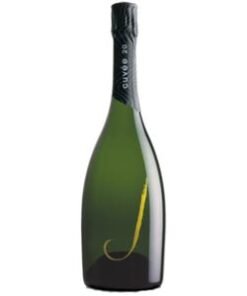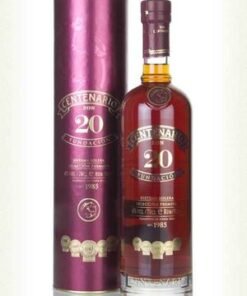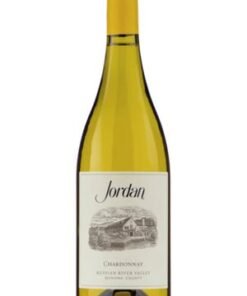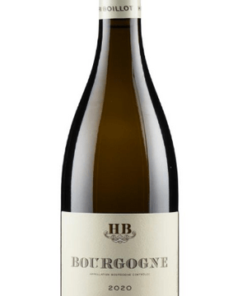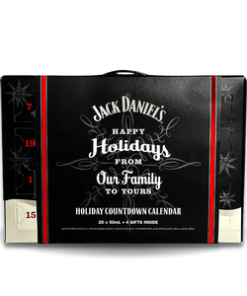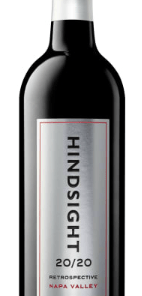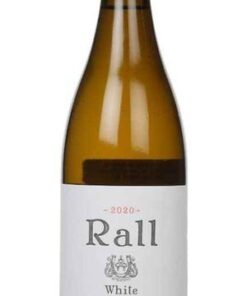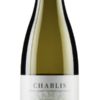2020 | Domaine William Fèvre | Chablis $279.99
$279.99
‘
Detailed Description
The 2020 Chablis has aromas of biscuits, sliced apples, grapefruit pith and crushed stones. Mineral and focused, with a medium body and excellent textural weight.
Reviews:
Decanter: Intense and driven, you can smell the Kimmeridgian. Great energy and focus. Spice on the finish, precise acidity.
John Gilman: A deft application of wood lurks in the background of the aromas cool citrus, apple, mineral reduction and ocean breeze wisps. There is an almost painful intensity to the powerful but sleek and defined medium weight plus flavors that brim with minerality on the clean, very dry and hugely long finish.
Producer Information
Domaine William Fèvre is one of the most prestigious of all Chablis houses and, despite its relative youth, produces some of the finest expressions of Chardonnay from the north of Burgundy. The domaine holdings cover a wide range of vineyards, including numerous grand and premier cru Chablis sites. The Fèvre family has been in Chablis for 250 years, but the domaine itself wasn’t established by William Fèvre until 1959. William Fèvre himself sold the eponymous business in 1998 to Maisons et Domaines Henriot (which includes Champagne house Henriot, Beaune-based Bouchard Père et Fils and Beaux Frères). Today, Domaine William Fèvre owns around 76 hectares (190 acres) in Chablis, 15 hectares (37 acres) of which are in grand cru vineyards including Les Clos, Vaudésir, Bougros and Preuses. This variety of plots gives a complete and full profile of wines – for example, those from Bougros are typically full-bodied and rounded, while those from Vaudésir are more lively, fresh and floral. A further 16 hectares (39 acres) of vineyards are classified as premier cru (these include Fourchaume/Vaulorent, Vaillons, Montmains, Montée de Tonnerre and Les Lys). Historically, the wines were all aged in new oak, although more recently William Fère has changed to the use of barrels that are, on average, five years old, allowing for the quintessential Chablis freshness and minerality to shine through. Harvesting is all done by hand, with rigorous sorting for the premier and grand cru parcels. Fèvre has used Diam agglomerated cork closures since 2005 to counter the issue of premature oxidation which has long been a problem in Burgundy’s white wines.

